AI, Instructional Design, and OER
Iterating Toward Openness
JANUARY 23, 2023
And, because you’ve got to play the hits, let’s look at what their impact will be on OER as well. Definitions and Examples That’s not quite right, but it’s far faster to feed a prompt into ChatGPT and then edit the output to make it accurate than it would be to write that from scratch.

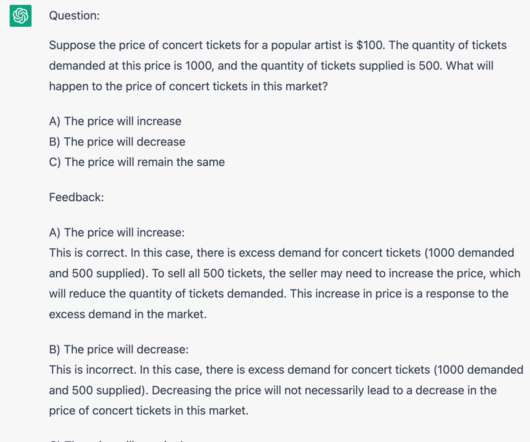






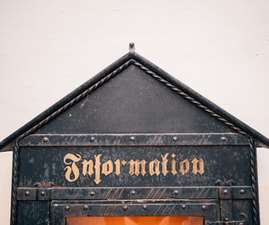





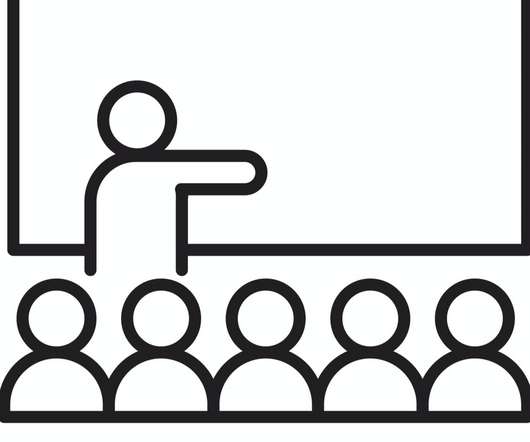












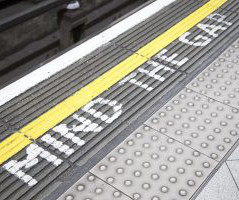




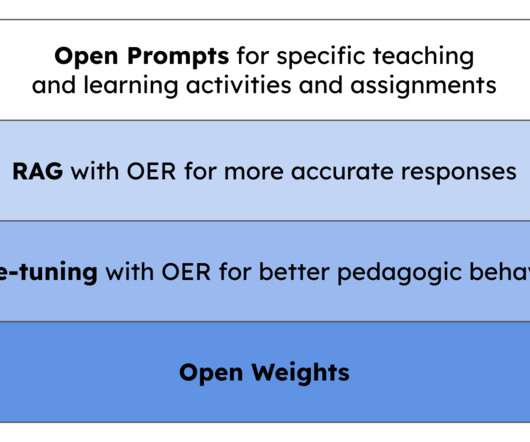











Let's personalize your content